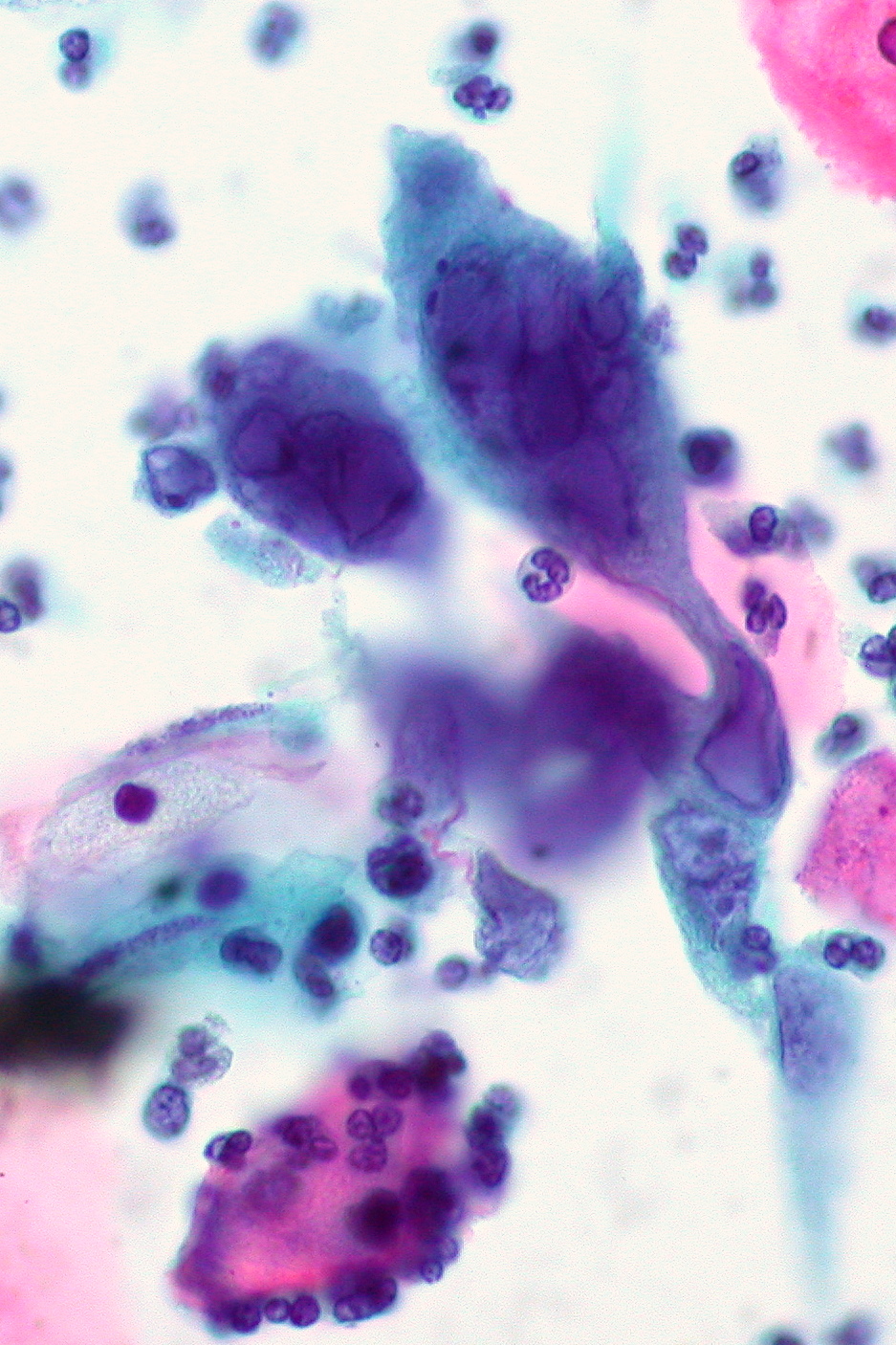Playlist
Show Playlist
Hide Playlist
Herpes Simplex Virus Infection in Darker Skin: Epidemiology and Etiology
-
Slides Herpes Simplex Virus Infection Epidemiology Etiology.pdf
-
Download Lecture Overview
00:01 Welcome to our lecture on herpes simplex virus infections. There are two major types of herpes simplex virus. 00:11 One is herpes simplex type one, which traditionally is associated with orofacial disease or oral herpes. 00:21 The second one is herpes simplex virus type two, which is traditionally associated with genital disease or genital herpes. 00:31 If we look at the epidemiology, 80% of herpes simplex virus infections are asymptomatic. The prevalence of both HSV-1 and HSV-2 increases with age. 00:45 Worldwide, there are over 23 million new cases per year. 00:51 So HSV-1 is usually acquired in childhood by contact with oral secretions that contain the virus. 01:01 The presence of HSV-2 can be used as indirect measure of sexual activity. So the epidemiology of HSV-1 is subtle, changing, and could be overtaking that of HSV-2 as the main cause of the first episodes of genital herpes. 01:24 So what are some of the transmission routes for HSV ? With HSV-1, it is transmitted primarily through contact with the virus in the mouth sores, saliva, or oral surrounding surfaces. 01:40 It can be spread to the genitals through oral genital contact. 01:46 With regards to HSV-2, it's primarily transmitted through the intimate contact with infected individuals. 01:57 So what's the mechanism of action? HSV particles come in contact with the skin via previously mentioned routes. 02:06 HSV particles can enter epidermis only if there's a prior skin damage, for example scratches or any other mechanical disruption in skin barrier. Once the virus enters the epidermis, it starts replicating in keratinocytes. 02:24 This can be completely asymptomatic or can present as typical viral vesicles. Some of the viral particles also reach nerve endings in the dermis. 02:36 These particles then travel retrogradely all the way to the body of the peripheral neurons, and then they become latent by incorporating into the host DNA. 02:49 If it's oral HSV, it resides in the trigeminal ganglia. 02:54 If it's genital herpes, then it resides in the sacral nerve root ganglia. There are various triggers which can reactivate the virus, for example, fever, trauma, emotional stress, and exposure to sunlight. 03:11 During reactivation. New viral particles are produced inside the neuron. These viral particles then migrate in an anterograde direction towards the skin surface. 03:25 Viral particles again infect keratinocytes, and hepatic vesicles appear only in the area supplied by that particular ganglion. 03:36 The immune system of the host usually manages to inhibit reinfection, and the virus again enters latency phase. 03:44 It lays dormant until new stress or causes its reactivation, and the same process starts once again.
About the Lecture
The lecture Herpes Simplex Virus Infection in Darker Skin: Epidemiology and Etiology by Ncoza Dlova is from the course Viral Skin Infections in Patients with Darker Skin.
Included Quiz Questions
Which herpes simplex virus type is traditionally associated with orofacial disease?
- HSV-1
- HSV-2
- Varicella-zoster virus
- Epstein-Barr virus
- Cytomegalovirus
During herpes simplex virus latency, where does the virus reside when it causes oral herpes?
- Trigeminal ganglia
- Sacral nerve root ganglia
- Dorsal root ganglia
- Vagus nerve ganglia
- Glossopharyngeal ganglia
Customer reviews
5,0 of 5 stars
| 5 Stars |
|
5 |
| 4 Stars |
|
0 |
| 3 Stars |
|
0 |
| 2 Stars |
|
0 |
| 1 Star |
|
0 |




